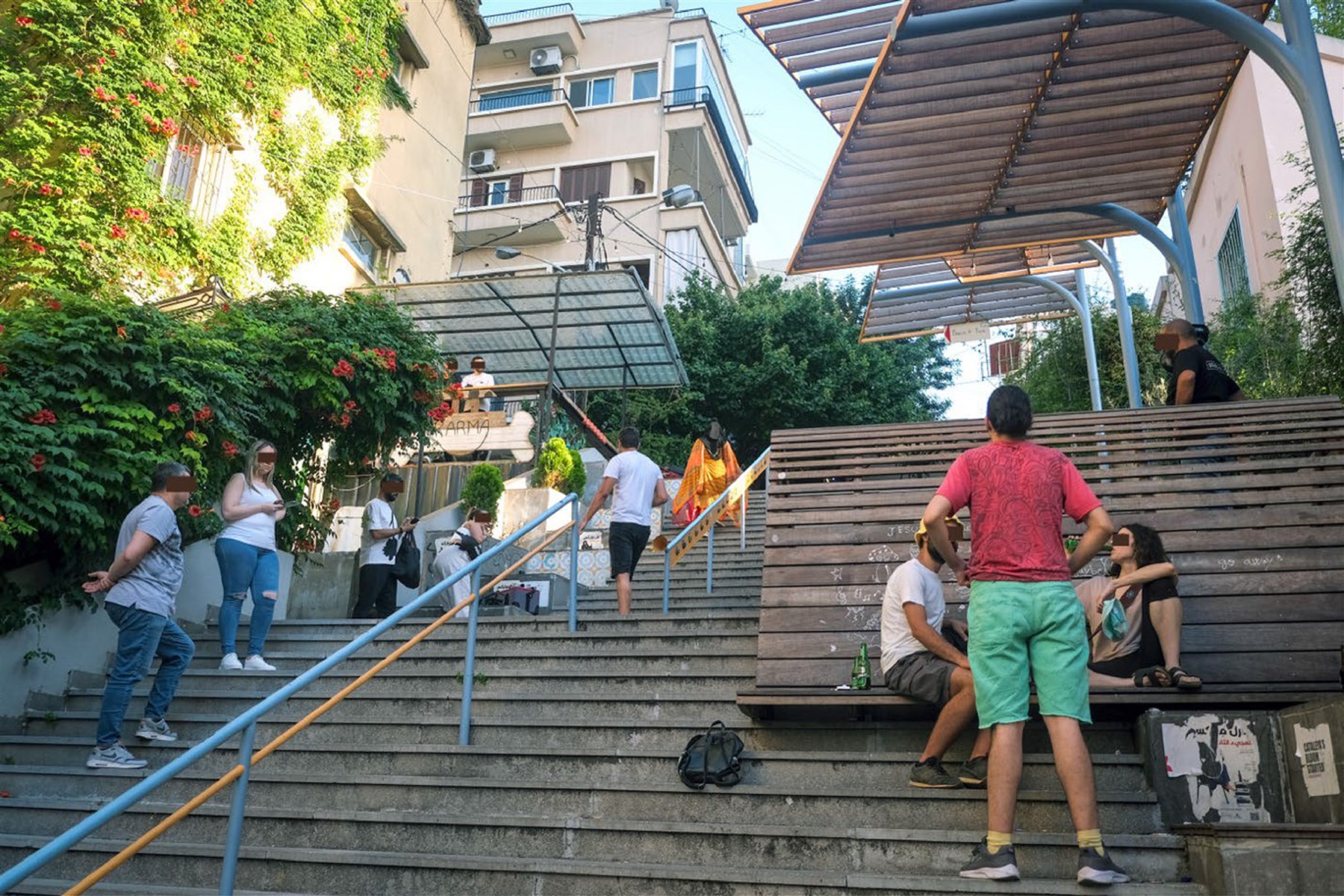Rebuilding post-blast Beirut: nonprofit urban governance, sectarian moralities, and emerging commons

As part of the IDRC collaborative research project investigating actors and governance of the post-blast recovery with The Policy Initiative, BUL co-director Mona Harb and affiliate researcher Luna Dayekh co-authored with TPI’s director Sami Atallah and researcher manager Sami Zoughaib a journal article entitled “Rebuilding post-blast Beirut: nonprofit urban governance, sectarian moralities, and emerging” (first online 4 November 2025).
The abstract of the article is pasted below; the article can be accessed for a fee on this link. For those who would like a free copy, please email us on: [email protected]
Harb, M., Dayekh, L., Atallah, S., & Zoughaib, S. (2025). Rebuilding post-blast Beirut: nonprofit urban governance, sectarian moralities, and emerging commons. City. https://doi.org/10.1080/13604813.2025.2572889
Abstract
This article analyzes the urban governance of Beirut's post-blast reconstruction through a moral political-economy and urban-commons lens. Drawing on a mixed-methods dataset—a desk review of 220 organizations, a survey of 95 NGOs/FBOs, two-year participant observation, and nine key-informant interviews—it maps the actors who stepped into the vacuum left by an incapacitated Lebanese state. Network analysis reveals two loose coalitions: a Beirut-centered bloc of national nonprofits and university labs, with a claimed non-sectarian leaning, and a more atomized constellation of faith-based and sectarian groups. While both delivered relief, about 30 per cent of actors invested in collective goods such as public-space upgrades and heritage rehabilitation, signaling an aspiration to urban commoning. Three vignettes—Laziza Park, Nation Station and the Rmeil Cluster—show how these experiments collide with sectarian moral topographies, aid-industry imaginaries and real-estate interests. Laziza and Rmeil were re-enclosed; only Nation Station endures, its soupkitchen model aligning with neighborhood moral topographies. The findings extend debates on humanitarian urbanism: NGOs and aid agencies are not external substitutes but integral nodes in a densely networked, multi-scalar governance urban ecology that actively produces space. Yet their commoning projects rarely unsettle entrenched power; they remain circumscribed by political-sectarian, class and moral boundaries. By foregrounding the interplay of hybrid urban governance and moral topographies, the article argues that aid-driven and nonprofit-led urban commoning can widen democratic practice only when it forges coalitions capable of negotiating both political authority and market logics. Beirut's experience thus offers a cautionary insight for cities where humanitarian and nonprofit actors now lead urban interventions.